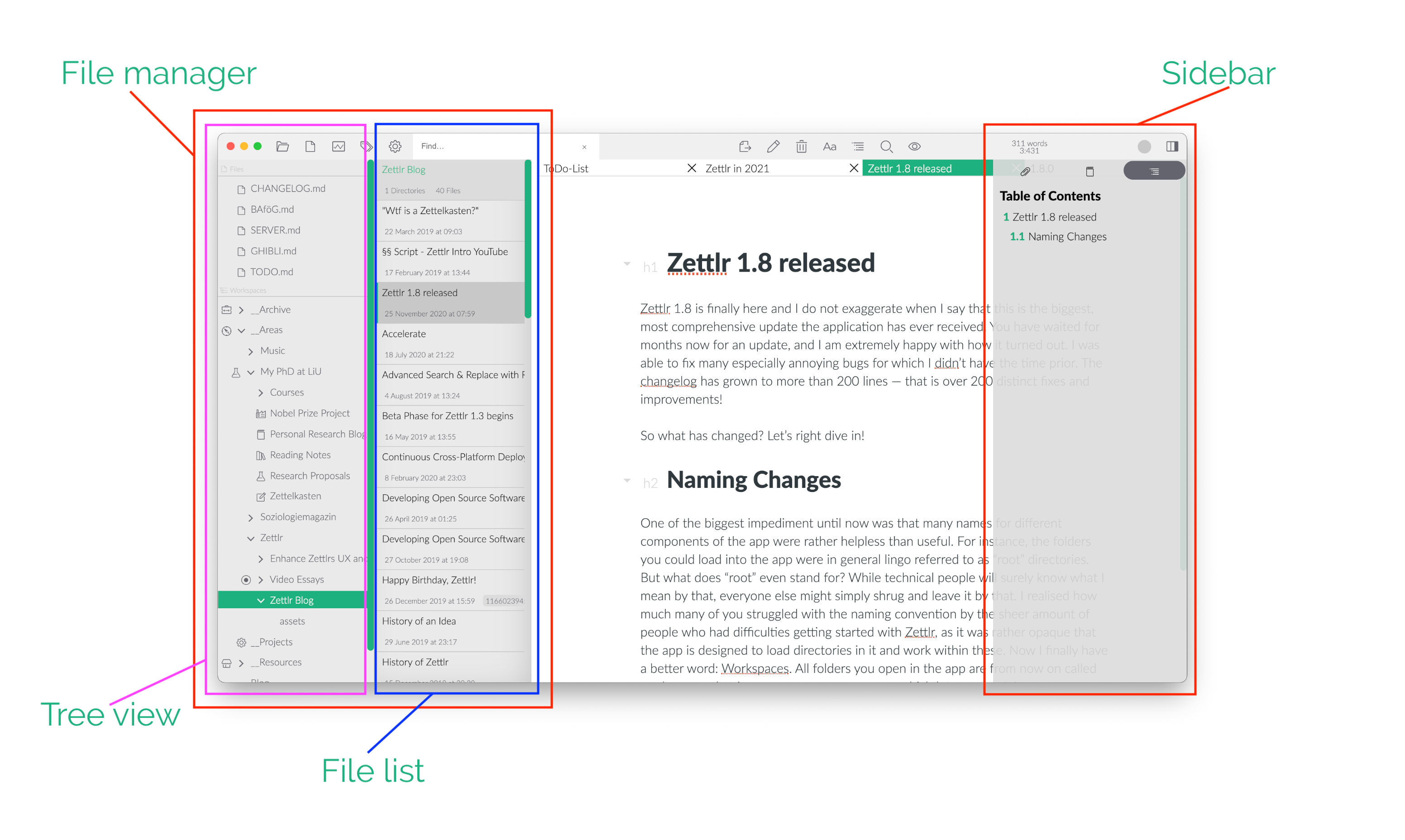


Luhmann used this system, largely before widespread adoption of the internet, to compose over 500 scholarly publications, including numerous books, over the course of his life.
How to install language for zettlr how to#
Sonke Ahrens provides a fully fleshed out description of Zettelkasten in his book, which I joke is the best book with the most boring title: How to Write Smart Notes. Python Classes and want to link to class similarities in JavaScript, I can just write the reference 1B at the bottom of that card to know to look elsewhere. And in addition to the relational positioning of notes, it was also possible to link related notes by adding a list of "relevant cards" at the bottom of any entry. In many ways, this replicates some of the strengths of the card catalog systems that dominated library search and retrieval systems before digital cataloging was a thing. Closure Execution Contexts can be added regardless how "far down" I go into closure.

If I later decide to expand upon any of these notes, I can simply add one to the box with a more specific designation. The main idea is to create a system that is not rigidly structured. The Backpack.ĭon't worry if you're not following. But then I decide to go further into Closure and discuss the concept of "the backpack", so I create card 1A1. Now I go back and want to talk about JavaScript classes, so I create card 1B. CSS would be added to my slip box after 1A. But let's say I deviate to thinking about CSS. Then, let's say I want to provide some more information on closure in JavaScript. On that card, I might write a brief definition of JavaScript, noting that it is a dynamically typed language used for web development. Let's say I wanted to take notes on Javascript. And because the information had to fit on a single index card, the content of those cards was brief by necessity. Those index cards would be labeled with an arbitrary designation. Zettelkasten simply means "slip box," as in a box in which you could file slips of paper. The system was ingenious for its results as much as for its simplicity. Niklas Luhmann was a German sociologist who developed such a system-a catalogue containing nearly 90,000 individual notes on index cards that were organized in a loose structure that Luhmann described as a "web-like" system. We need a system to make those index cards work together. Well, maybe we need more than just index cards. In this case, one of the answers is straightforward.

If it's so easy and instantaneous to Google what we want to know, then why bother committing that information to memory? Carr's argument is something I resisted for a long time, but his main assertion-that the tools we use to think shape how we think-is hard to ignore.Īnd if there's one thing we know about the tech industry, if there's a problem to be solved, then numerous products will likely be developed to solve the issue. Writers like Nicholas Carr have warned us about the dangers of easy access to information. The gist of it is that we're surrounded by information, and without a system to handle that information, it's easy to become overwhelmed. If you've ever kept track of valuable information through a bullet journal, word document, or an online task manager, then congratulations: you've had some experience with personal knowledge management. Personal knowledge management (PKM) is on the rise, with popular applications like Roam Research, Obsidian MD, and Notion leading the charge into a new kind of note-taking.


 0 kommentar(er)
0 kommentar(er)
